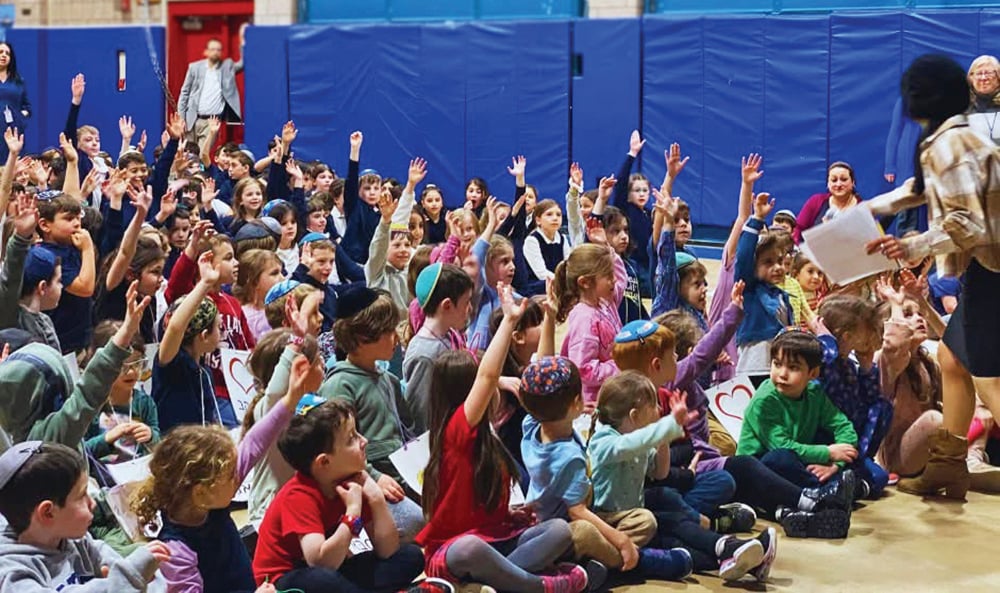
There is an interesting custom that reoccurred recently, the custom of baking a “Shlissel Challah” on the shabbos immediately following Passover. The word “shlissel” is Yiddish for “key” and that explains why a Shlissel Challah typically is baked in the shape of a key or with a key conspicuously tucked inside. (No, the Shlissel Challah did not originate in Key Largo and you definitely should not refer to that Floridian destination as Shlissel Largo.)
For many, the Shlissel Challah is a segula, i.e., a prayer or action that one may take which, according to Jewish tradition, can be helpful in attaining blessings. The word “segula” actually means “treasure” and can be found in the Torah. (See, e.g., Shemot 19:5) The treasure concept is particularly appropriate in the context of a Shlissel Challah segula because it is considered a segula for parnassa, i.e., financial fortune and prosperity. (No, when baking a key inside of a Shlissel Challah, you do not have to use a safe deposit box key.)
The origins of the Shlissel Challah are the subject of some debate. Some trace the tradition of Shlissel Challah to the Talmud: “The key of livelihood [among others things] is also in Hashem’s hand.” (Taanit 2b) Others trace the custom to a separate section of the Talmud which states that “[a]ny person that has Torah but does not have Yiras Shomayim is comparable to a treasurer who has the keys to the inner parts (of the treasure house) but not the keys to the outer area. How can such person get to the inner parts [if that person can’t first get into the outer parts]?” (Shabbos 31a-b) Apparently, nobody traces the Shlissel Challah custom to bakers (or locksmiths) looking to increase post-Pesach sales, just like nobody traces (i) matzah ball soup to vendors looking to unload matzah surpluses, (ii) hamantashen to bakers who don’t have enough dough to make a square-shaped cookies or (iii) braided challahs to bakers who are sending subliminal messages about a preferred hairstyle.
Some scholars and historians continue to debate the origins of the Shlissel Challah custom but others believe the Shlissel debate should be put to bed or, in other words, it’s time for the Shlissel debate to go shluffy. Regardless of its origins, today the Shlissel Challah is a treasured custom to those who keep it.
The Shlissel Challah custom does not mean that you should bake other objects into your challah for the purpose of attaining other blessings. Doing so likely would detract from the Shlissel Challah’s special function and it also would create an assortment of choking hazards and resulting liability. Even baking challahs in different shapes might take away from the special role of the Shlissel Challah. For these good reasons and others, it probably is not a good idea to:
bake a challah in the shape of a steering wheel in hopes of beating a speeding ticket;
bake a challah in the shape of a tooth in hopes of your orthodontist confirming that your braces can come off;
bake a challah in the shape of a stop-watch in hopes that your rabbi’s next sermon is not excessively long;
bake a challah in the shape of an umbrella in hopes that it does not rain on your parade;
bake a challah in the shape of a phone in hopes of getting called up to the Major Leagues;
bake a challah in the shape of yo-yo in hopes of not getting toyed with like you’re on a string;
bake a challah in the shape of a t.v. set in hopes that you will find a missing remote control;
bake a challah in the shape of a pair of suspenders in hopes that a department store holds up its end of a deal to buy your pants collection;
bake a challah in the shape of a pitch-pipe in hopes that you stay in tune with your surroundings;
bake a challah in the shape of a candle in hopes of seeing the light at the end of the tunnel;
bake a challah in the shape of a blade in hopes of cutting the Gordian knot;
bake a challah in the shape of the number 3.14 in hopes of achieving a pie in the sky dream; and
bake a challah in the shape of a submarine in hopes of not finding yourself financially underwater.
Bottom-line: If a baker’s dozen is 13, then when a clock strikes 12 at midnight does that mean that for the baker there is still one more hour left in the day? Discuss.
By Jon Kranz













